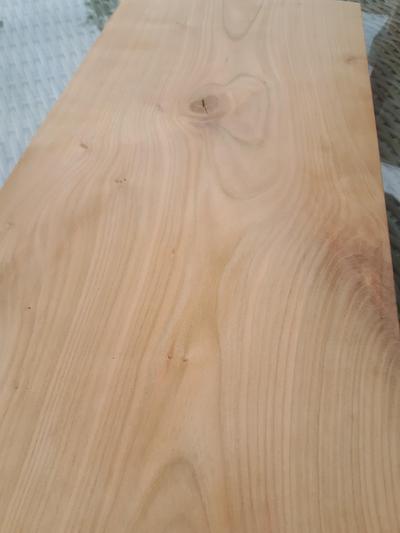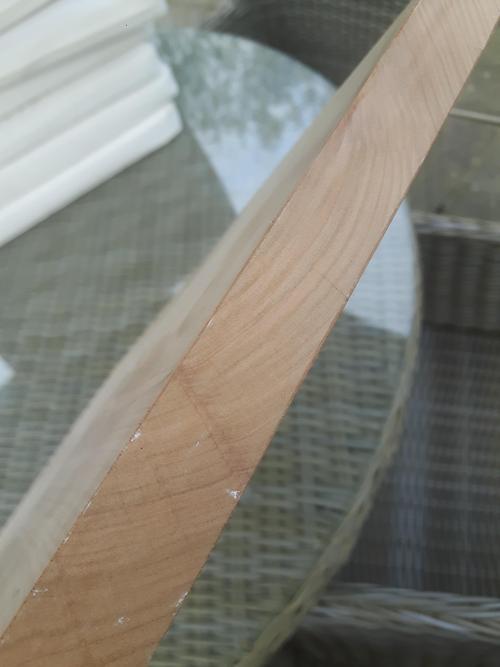adidat
I will not buy anymore tools...
Any knowledgeable wood folks, can you ID this?? I'm stumped!! 


It was sold to me as English cherry, which I don't have much experience with. But in other bits from same tree I've seen some bits that make me think ash and some elm.
One pic has some spirit on btw
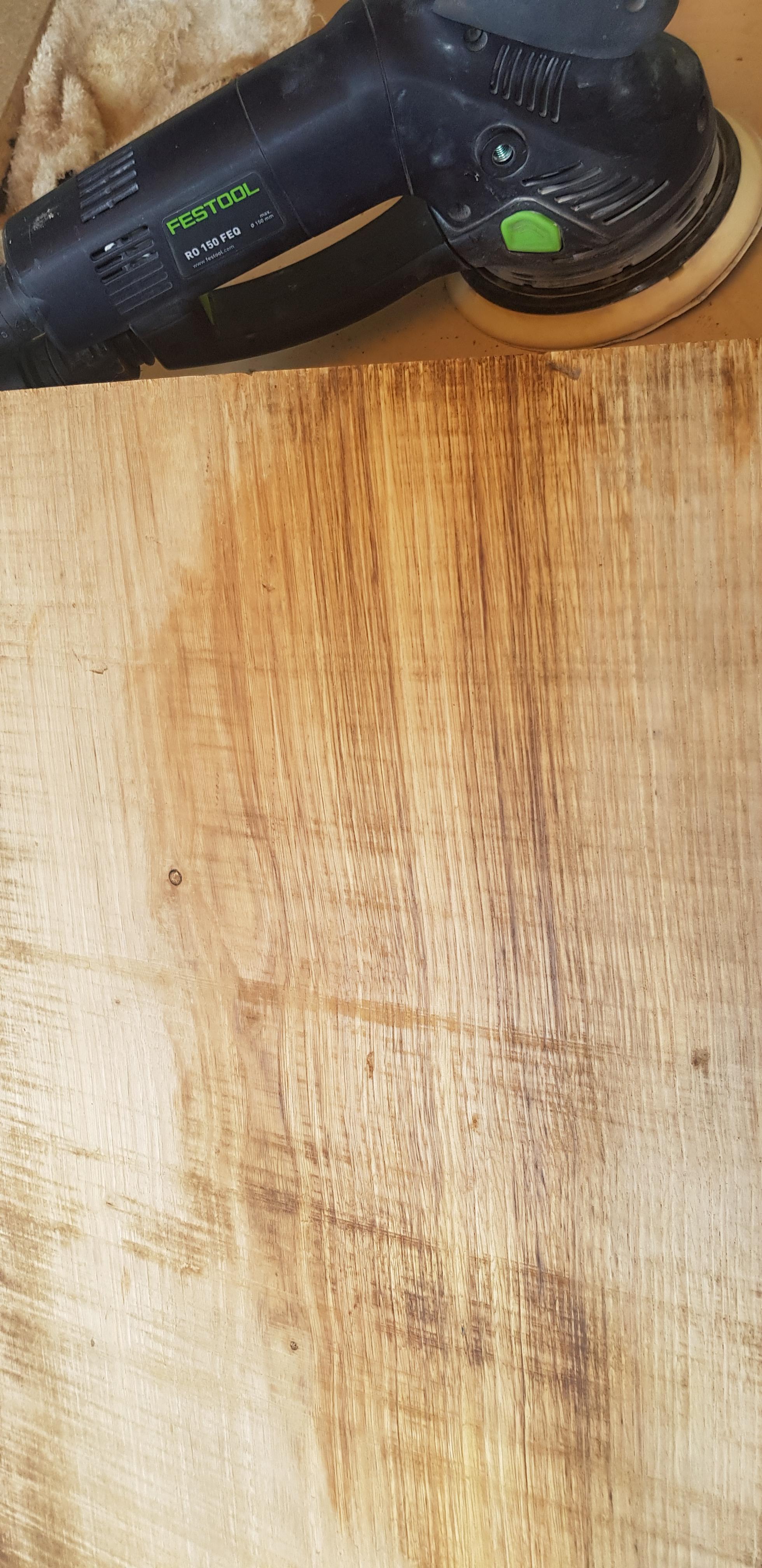
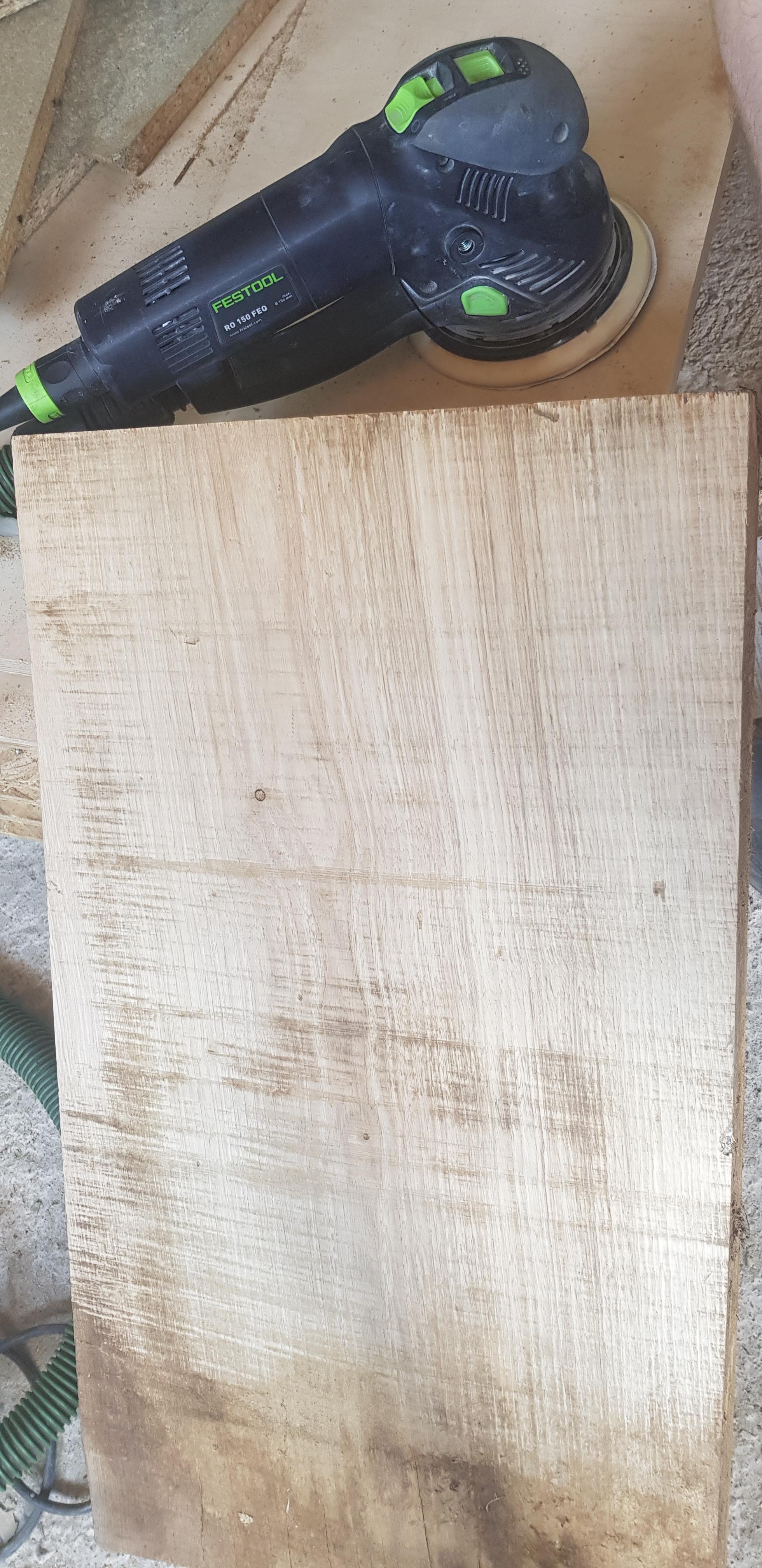
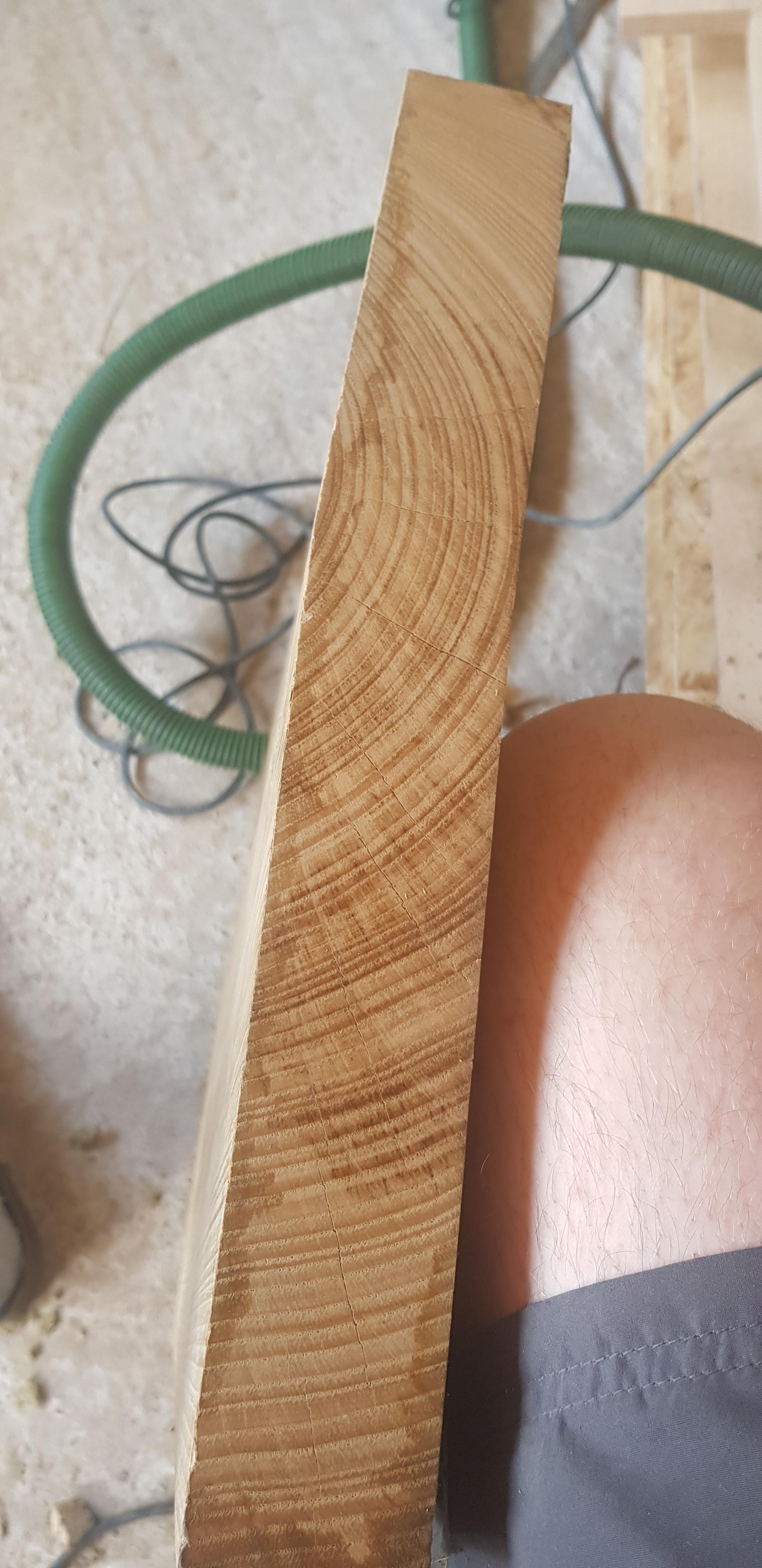
Cheers
Adidat
It was sold to me as English cherry, which I don't have much experience with. But in other bits from same tree I've seen some bits that make me think ash and some elm.
One pic has some spirit on btw



Cheers
Adidat





